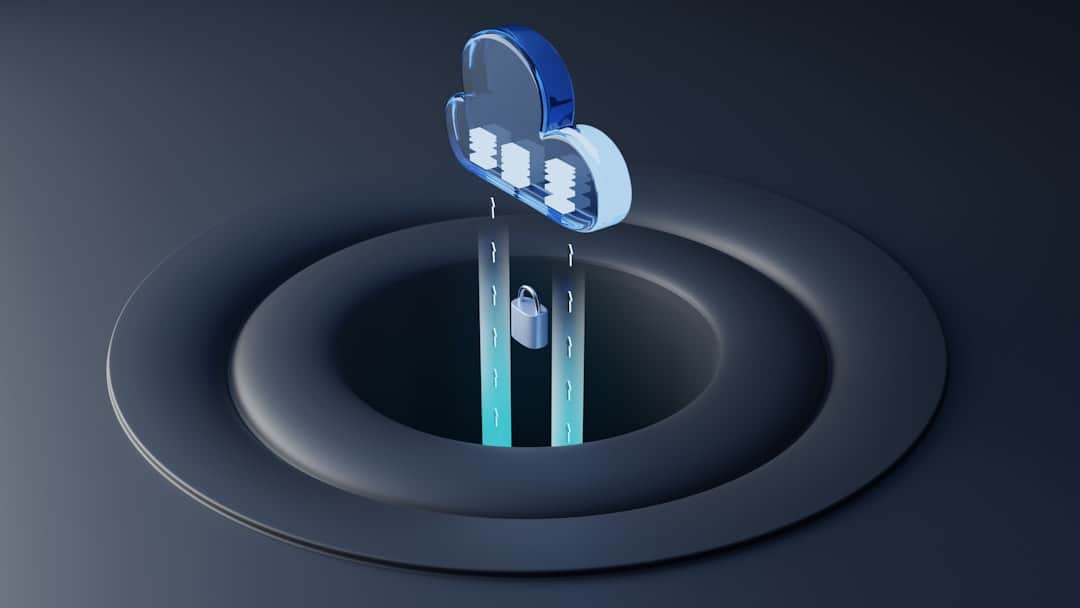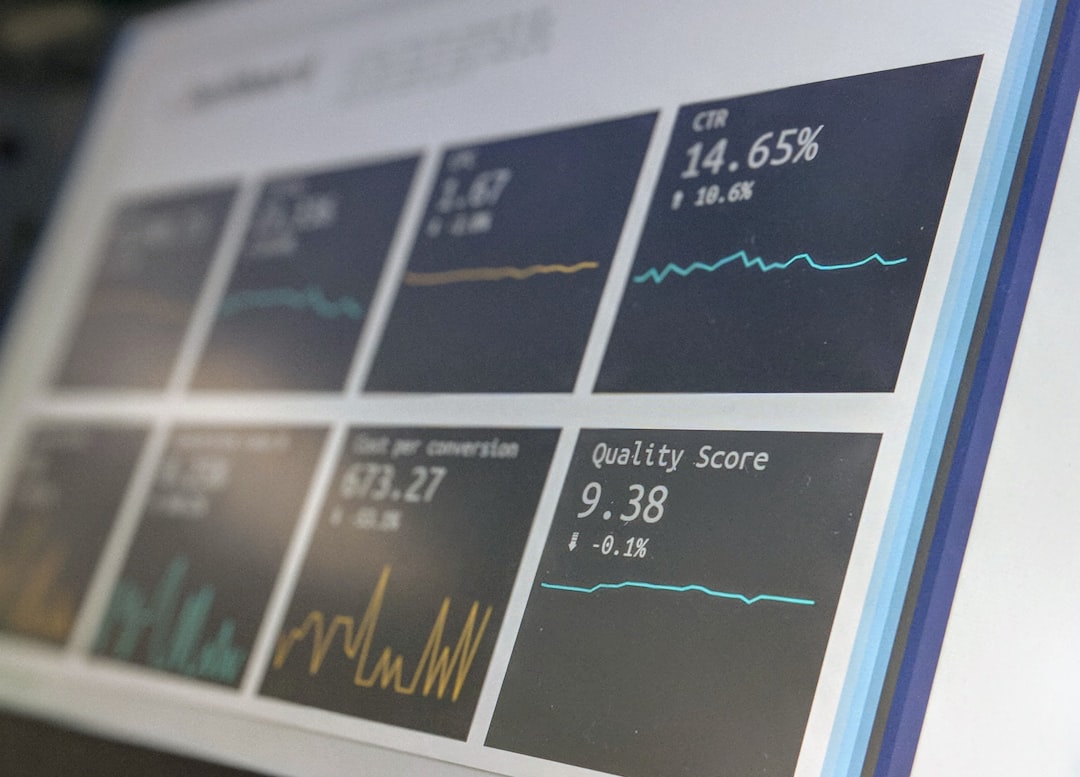In the ever-evolving landscape of workplace communication, Slack has emerged as a pivotal tool that redefines how teams collaborate. Launched in 2013, this platform has quickly gained traction among businesses of all sizes, from startups to multinational corporations. Its user-friendly interface and robust features make it an indispensable asset for modern teams striving for efficiency and connectivity.
Slack transcends traditional emAIl communication, offering a dynamic environment where conversations can flow freely, ideas can be shared instantly, and projects can be managed with ease. The essence of Slack lies in its ability to foster collaboration in a digital age where remote work is becoming increasingly prevalent. With the rise of distributed teams, the need for a centralized communication hub has never been more critical.
Slack not only facilitates real-time messaging but also integrates various tools and services that enhance productivity. As organizations continue to adapt to new working paradigms, understanding the capabilities of Slack becomes essential for anyone looking to optimize their team’s performance.
Key Takeaways
- Slack is a collaboration tool designed for modern teams to communicate, share files, integrate apps, and create virtual workspaces.
- Chat feature allows real-time communication and collaboration among team members, making it easy to stay connected and work together efficiently.
- File sharing feature streamlines the process of sharing documents and media, making it easy for team members to access and collaborate on files.
- App integration allows users to connect their favorite tools to Slack, creating a seamless workflow and increasing productivity.
- Virtual workspaces help create organized and productive team environments, making it easier for teams to collaborate and stay on track with their projects.
Chat: Communicating and Collaborating in Real Time
At the heart of Slack’s functionality is its chat feature, which allows team members to communicate in real time. Unlike traditional email threads that can become convoluted and slow, Slack channels provide a streamlined way to engage in discussions. Users can create dedicated channels for specific projects, departments, or topics, ensuring that conversations remain organized and relevant.
This structure not only enhances clarity but also encourages participation from all team members, fostering a culture of open communication. Moreover, Slack’s chat capabilities extend beyond text-based messaging. Users can share images, videos, and even voice messages, making interactions more dynamic and engaging.
The platform also supports direct messaging for one-on-one conversations, allowing for quick exchanges without the need for formal channels. This flexibility in communication styles caters to diverse preferences within teams, ensuring that everyone can contribute in a way that feels comfortable and effective.
File Sharing: Streamlining Document and Media Sharing

In addition to facilitating conversations, Slack excels in file sharing, which is crucial for collaborative work. The platform allows users to upload documents, images, and other media directly into channels or direct messages. This feature eliminates the need for cumbersome email attachments and ensures that all relevant materials are easily accessible to team members.
By centralizing file storage within the platform, Slack reduces the risk of miscommunication and ensures that everyone is on the same page. Furthermore, Slack integrates seamlessly with popular cloud storage services like Google Drive and Dropbox. This integration allows users to share files stored in these services without leaving the Slack environment.
Team members can comment on shared documents directly within Slack, enabling real-time feedback and collaboration.
App Integration: Connecting Your Favorite Tools for Seamless Workflow
| Tool | Integration | Benefits |
|---|---|---|
| Slack | Integrates with Trello, Google Drive, and Salesforce | Streamlines communication and collaboration |
| Trello | Integrates with Slack, Google Calendar, and Dropbox | Enhances project management and task organization |
| Google Calendar | Integrates with Trello, Slack, and Asana | Improves scheduling and time management |
One of Slack’s standout features is its ability to integrate with a myriad of third-party applications. This capability transforms Slack into a central hub for various tools that teams rely on daily. Whether it’s project management software like Trello or Asana, customer relationship management (CRM) systems like Salesforce, or even social media platforms like Twitter, Slack’s extensive app directory allows users to connect their favorite tools effortlessly.
These integrations enable teams to receive notifications, updates, and alerts directly within Slack, reducing the need to switch between multiple applications. For instance, a marketing team can receive real-time updates from their social media management tool while discussing campaign strategies in a dedicated channel. This interconnectedness not only streamlines workflows but also enhances collaboration by ensuring that all relevant information is readily available to team members.
Virtual Workspaces: Creating Organized and Productive Team Environments
Slack’s virtual workspaces are designed to create organized environments that promote productivity. Each workspace can be customized to suit the unique needs of a team or organization, allowing for tailored communication structures. Teams can create channels for different projects, departments, or even social interactions, fostering a sense of community while maintaining focus on work-related tasks.
Additionally, Slack’s search functionality is a powerful tool for navigating through conversations and files within these virtual workspaces. Users can easily find past discussions or documents by using keywords or filters, saving valuable time that would otherwise be spent sifting through endless message threads. This capability ensures that important information is never lost and empowers teams to build on previous conversations effectively.
Tips for Effective Collaboration on Slack

To maximize the benefits of Slack as a collaboration tool, teams should adopt best practices that enhance communication and productivity. First and foremost, establishing clear guidelines for channel usage can help maintain organization within the workspace. Teams should define the purpose of each channel and encourage members to use them appropriately.
This clarity prevents information overload and ensures that discussions remain focused. Another essential tip is to leverage Slack’s notification settings effectively. With the potential for numerous messages and updates throughout the day, it’s crucial for team members to customize their notification preferences to avoid distractions while staying informed about important developments.
Encouraging team members to use status updates can also enhance communication by signaling availability or focus time, allowing others to respect each other’s work rhythms.
Case Studies: Successful Collaboration Stories with Slack
Numerous organizations have harnessed the power of Slack to transform their collaboration processes successfully. For instance, IBM adopted Slack as part of its digital workplace strategy, enabling its global workforce to communicate more effectively across different time zones and locations. By utilizing Slack’s channels and integrations with other tools, IBM reported increased engagement among employees and improved project turnaround times.
Another compelling case study comes from Airbnb, which implemented Slack to streamline communication among its diverse teams spread across various regions. The platform allowed Airbnb employees to collaborate seamlessly on projects while maintaining a sense of community through informal channels dedicated to interests outside of work. This approach not only enhanced productivity but also fostered a positive company culture that resonated with employees.
Embracing the Future of Collaboration with Slack
As we navigate an increasingly digital world, tools like Slack are redefining how teams collaborate and communicate.
By embracing Slack as a central hub for collaboration, teams can break down silos, enhance productivity, and foster a culture of open communication.
Looking ahead, the future of collaboration will undoubtedly continue to evolve alongside technological advancements. As remote work becomes more entrenched in our professional lives, platforms like Slack will play an essential role in shaping how teams interact and achieve their goals. By leveraging the full potential of this powerful tool, organizations can position themselves at the forefront of collaboration in the digital age, ensuring they remain agile and responsive in an ever-changing landscape.
Slack has become an essential tool for team communication, enabling seamless chat, file sharing, and application integration within virtual workspaces. As organizations increasingly adopt digital collaboration tools, understanding the broader context of these technologies is crucial. For instance, exploring the concept of the metaverse can provide insights into the future of virtual collaboration. A related article that delves into this topic is titled “What is the Metaverse?” which discusses the evolving landscape of virtual environments and their implications for teamwork and communication. You can read more about it [here](https://metaversum.it/what-is-the-metaverse/).
FAQs
What is Slack?
Slack is a cloud-based collaboration tool that allows teams to communicate and collaborate in real-time. It offers features such as chat, file sharing, app integration, and virtual workspaces.
How does Slack facilitate team communication?
Slack provides a platform for team members to communicate through instant messaging, group chats, and channels. It also supports voice and video calls, making it easy for teams to stay connected.
What are the key features of Slack?
Some key features of Slack include file sharing, integration with third-party apps and services, search functionality, customizable notifications, and the ability to create and organize virtual workspaces.
How does Slack integrate with other applications?
Slack offers integration with a wide range of third-party applications and services, allowing users to bring all their tools and workflows into one place. This integration helps streamline communication and collaboration within teams.
What are virtual workspaces in Slack?
Virtual workspaces in Slack are customizable environments where teams can organize their communication, files, and tools based on projects, departments, or any other criteria. This helps keep everything related to a specific topic in one place.
Is Slack suitable for remote work and distributed teams?
Yes, Slack is well-suited for remote work and distributed teams. Its real-time communication and collaboration features help teams stay connected and work together effectively, regardless of their physical location.











Leave a Reply